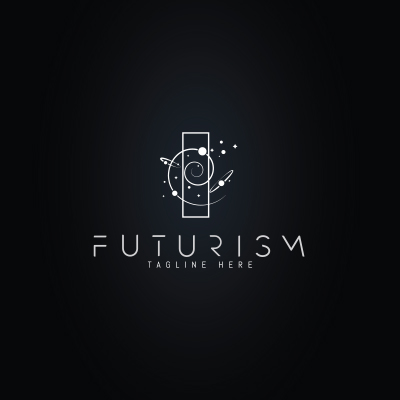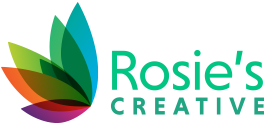
The Basics of Brand Typography
 For brands today looking to stand out from the pack, a distinct visual identity is a must. And alongside your logo design and use of color, one vital element of visual branding is your choice of brand typography.
For brands today looking to stand out from the pack, a distinct visual identity is a must. And alongside your logo design and use of color, one vital element of visual branding is your choice of brand typography.
More than almost any other design element, typography sets the tone for your branding efforts and conveys your brand’s character and values to target audiences. But it’s crucial to understand how to use type effectively – from choosing typefaces that reflect your brand’s personality, to building a clean, cohesive hierarchy of type.
First, let’s take a look at five basic categories of typeface, and how they’re typically used by designers…
- Serif typefaces are those with small, decorative projections, called serifs, on the ends of the strokes making up each letter. Trustworthy and traditional, they’re versatile and well-suited for headers and body text alike.
- Sans serif typefaces, in turn, are characterized by the absence of serifs, giving them a cleaner, more modern and accessible look. Like serif typefaces, they’re suitable for either headers or body copy.
- Script typefaces are inspired by handwriting and calligraphy. Some are formal and old-fashioned while others have a more modern, casual feel. They’re best used as headers or display typefaces.
- Monospaced typefaces are those in which every character takes up the same amount of horizontal space. They’re commonly used by coders and programmers – but they’ve got their use in graphic design, too!
- Display typefaces come in many styles but, as the name suggests, are intended for display use. They’re brash, attention-grabbing, and full of character. Just don’t overuse them!
Now, let’s go over a few things you’ll want to consider when using typography to create a unique visual identity for your brand…
- Stick to just a few typefaces and arrange them into a cohesive hierarchy. Your goal is to have a focused, coherent visual identity – jamming too many typefaces into a design will only leave things noisy and muddled.
- Consider typefaces with multiple weights for a simple, elegant look. Use standard weight for body copy, bold for headers, mix in an italic as an accent typeface, and you’ve got a dynamic, visually exciting hierarchy of type, all using a single typeface!
- Be mindful of legibility when evaluating typefaces. This is especially vital when choosing a primary typeface for body copy on the web, as legibility is a critical factor affecting the all-important “scannability” of web content.
- Use contrast to your advantage by balancing different typefaces in a hierarchy of type. For instance, try a clean sans serif for body copy, contrasted with a serif or script typeface for headers or accents.
Want to learn more? Contact Rosie’s Creative. From matters of style and practicality, to technical questions and licensing concerns, we know type inside and out – and we’re standing by to help you build a distinct visual identity that stands out in today’s crowded marketplace.
So, if you’re ready to get started, contact us today – and remember, with Rosie’s Creative, your first consultation is always free!
